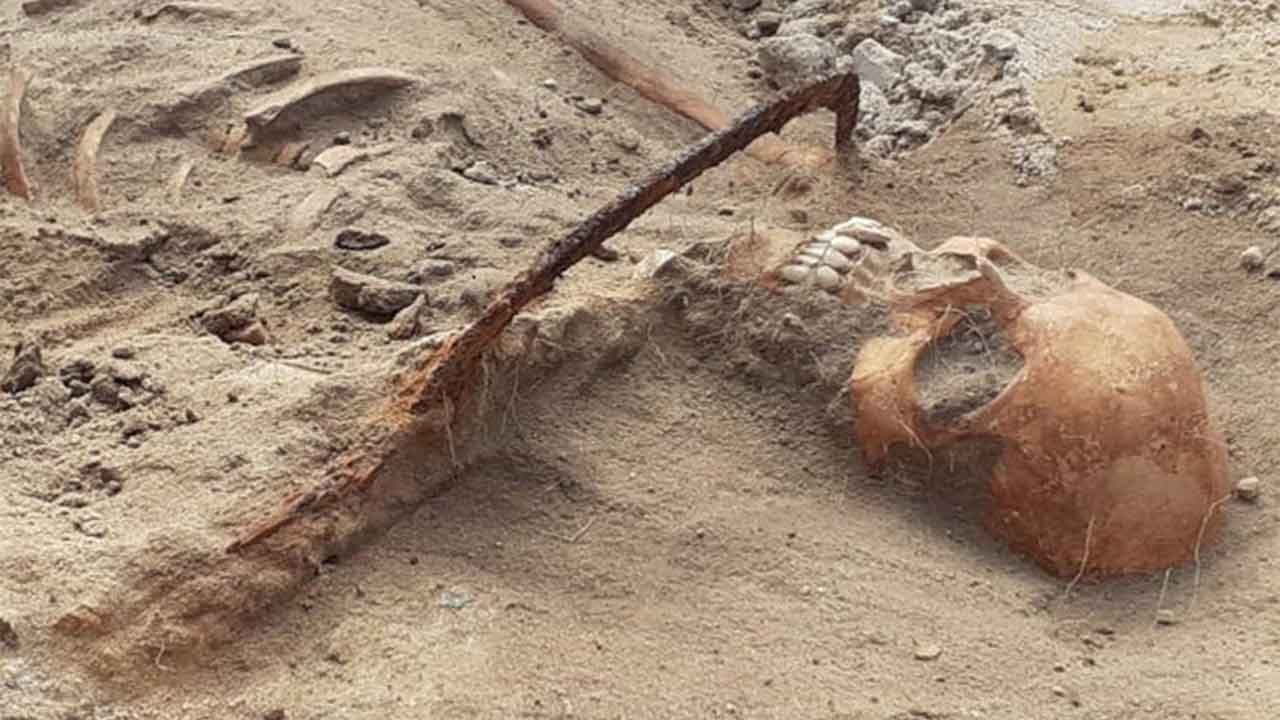17th-century Polish ‘vampire’ found buried with sickle across neck

The remains of a woman found in a 17th-century graveyard in Poland are believed to be an example of an ‘anti-vampire’ burial after a sickle was also found placed across her neck to prevent her from rising from the dead.
Dariusz Poliński, a professor at Nicholas Copernicus University, led the archaeological dig where the remains were uncovered, with the Daily Mail reporting that the skeleton was found wearing a silk cap and with a protruding front tooth.
“The sickle was not laid flat but placed on the neck in such a way that if the deceased had tried to get up… the head would have been cut off,” Professor Poliński told the outlet.
According to the Smithsonian magazine, Eastern Europeans reported fears of vampires and began treating their dead with anti-vampire rituals during the 11th century.
By the 17th century, these practices were common across Poland in response to reports of a vampire outbreak, per ScienceAlert.

The skeletal remains, pictured from above. Image: Łukasz Czyżewski, NCU
Professor Poliński told the New York Post that there were other forms of protection to prevent vampires from returning from the dead, including cutting off limbs and using fire.
“Other ways to protect against the return of the dead include cutting off the head or legs, placing the deceased face down to bite into the ground, burning them, and smashing them with a stone,” he said.
The skeleton’s toe was also padlocked, which Professor Poliński said likely symbolised “the closing of a stage and the impossibility of returning”.
This isn’t the first time a ‘vampire’ has been discovered by archaeologists either.
Matteo Borrini, a lecturer at Liverpool John Moore University, discovered the remains of a woman who died in the 16th century and was buried with a stone in her mouth in a mass grave with plague victims.
He explained that outbreaks of ‘vampires’ were often associated with periods where people were dying from unknown causes at the time - such as pandemics or mass poisoning.
“These ‘vampires’ start to hunt and kill family members first, then the neighbours, and then all the other villages,” he said.
“This is the classical pattern of a disease that is contagious.”
The most recent ‘vampire’ remains, which were dug up in August, are being further investigated by scientists.
Image: Mirosław Blicharski
